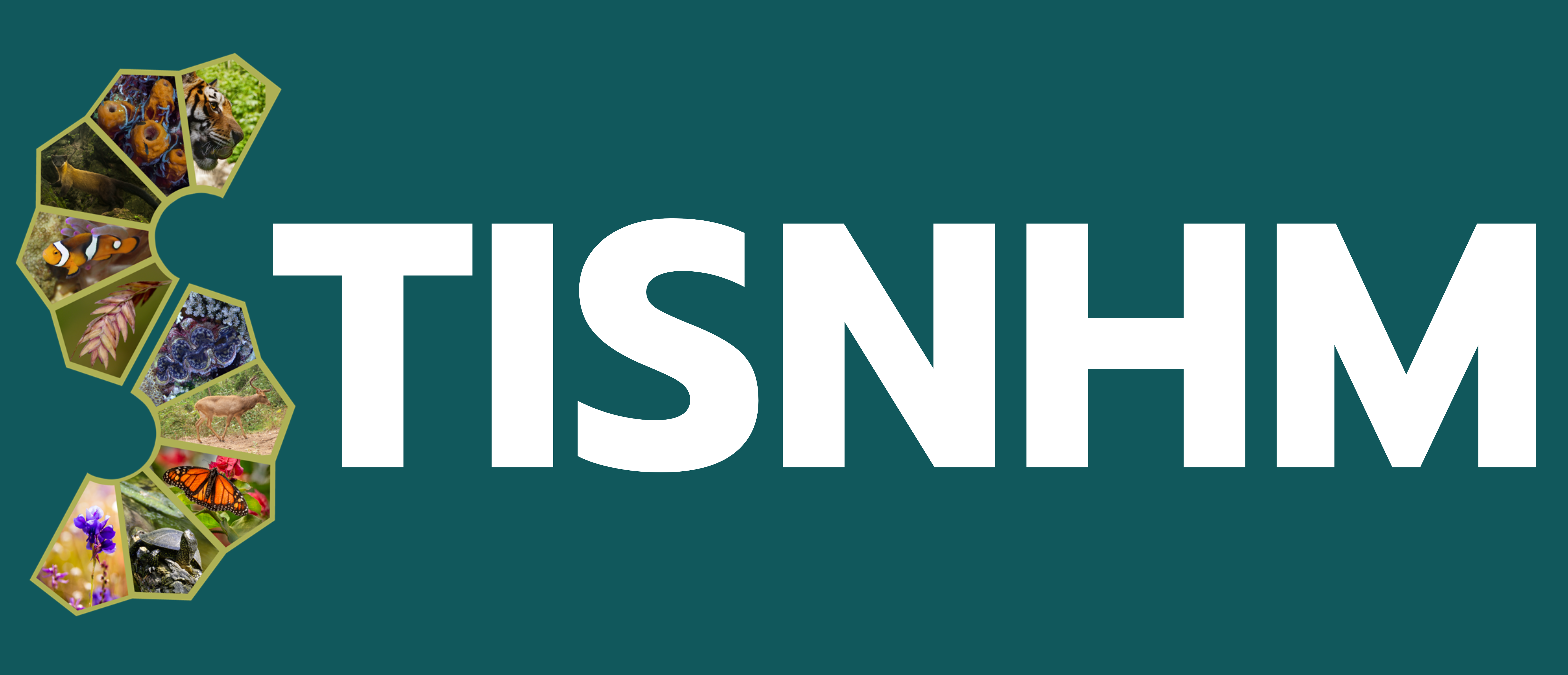- 93 views
Abstract
Decapod larvae are the major meroplankton in many coastal ecosystems, such as mangrove forests, seagrass beds, and estuaries. However, there is still a lack of decapod larvae diversity in Thailand. From March to April 2023, a study of some decapod larvae diversity in the Mae Klong Estuary, Samut Songkram, was investigated using a plankton net in 14 stations. Eight families were found. All crabs were zstage 1. The crab larvae were dominant at station 8, in which Grapsidae, Anomuna, and Ocypodidae were the dominant groups. The illustration and description of crab larvae in this area are provided.
Attachment
References
Benfield, M. C. 2012. Estuarine Zooplankton. Estuarine Ecology. 285–302.
Chaisanguansuk, P., S. Ploenbuppa, T. Assawincharoenkij, S. Phantuwongraj, and A. Jiraphinyakul. 2023. Microplastic Contamination in the Coastal Environment: A Case Study from the Mae Klong River, Samut Songkhram. Applied Environmental Research 45(2): 1–12.
Chuaypanang, S. 1998. Zooplankton in Mangrove Forest at Sikao District, Trang Province with Emphasis on Shimp and Crab larvae. M.S. Thesis, Chulalongkorn University. (In Thai)
Cuesta, J. A., M. Schuh, R. Diesel, and C.D. Schubart. 1998. Abbreviated Development of Armases Miersii (Grapsidae: Sesarminae), a Crab That Breeds in Supralittoral Rock Pools. Journal of Crustacean Biology 19(1): 26-41.
Duangngen, T and B. Chiampreecha. 2004. Breeding and larval rearing of mangrove crab, (Episesarma mederi H. Milne Edward, 1854) in different salinities. Academic Document No. 65/2004 Marine Shrimp Culture Research and Development Center Samut Songkhram Province. Department of Fisheries. (In Thai)
Epifanio, C. E., and A.I. Dittel. 1984. Seasonal Abundance of Brachyuran Crab Larvae in a Tropical Estuary: Gulf of Nicoya, Costa Rica, Central America. Estuaries 7(4): 501–505.
Epifanio, C. E. and J.H. Cohen. 2016. Behavioral adaptations in larvae of brachyuran crabs: A review. Journal of Experimental Marine Biology and Ecology 482: 85-105.
Hsieh, H., L. Fan, C. Chen, J. Wu, and W. Liu. 2010. Effects of semidiurnal tidal circulation on the distribution of holo- and meroplankton in a subtropical estuary. Journal of Plankton Research 32(6), 829-841.
Islam, Md. And Uehara, T. 2005. Larval settlement of the sesarmid crab Neopeisesarna Iafondi (Jaquinot and Lucas, 1853) In The Mangrove Estuaries of the Ryukyu Islands, Japan. In Evvironmental Physiology Conference (abstract only).
Onsri, N., I. Sivaipram, P. Boonsanit, K. Sagulsawasdipan and S. Saramul. 2024. Larval Dispersal Modelling of the Blue Swimming Crab Portunus pelagicus (Linnaeus, 1758) from the Crab Banks along the Coast of Trang Province, Southern Thailand. Water 16, no. 2: 349.
Queiroga, H. and J. Blanton. 2004. Interactions Between Behaviour and Physical Forcing in the Control of Horizontal Transport of Decapod Crustacean Larvae. Advances in Marine Biology 107–214.
Paula, J. 2018. Keys and bibliography for the identification of zoeal stages of brachyuran crabs from the Western Indian Ocean. Western Indian Ocean Journal of Marine Science 17(1): 13-51.
Queiroga, H and Blanton, J. 2005. Interactions Between Behavior and Physical Forcing in the Control of Horizontal Transport of Decapod Crustacean Larvae. Advances in Marine Biology. Vol 47, pp. 109-214.
Sudtongkong C. 1996. Habitat Selection, Food Preference and Fishery Biology of Mud Crab Scylla Serrata (Forskai, 1775) in KlognNgao Mangrove Forest, Ranong Province. M.S. Thesis, Chulalongkorn University. (In Thai)
Suwansanit T. 2007. Development and Recruitment of Grapsidae Crabs Neoepisesarma mederi (H. Milne Edward, 1853) in Pak Phanang Mangrove Forests, Nakhon Si Thammarat Province. M.S. Thesis, Chulalongkorn University. (In Thai)
Warner, G.F. 1977. The Biology of Crabs. Paul Elek (Scientific Books). London. 202 pp.
Williams, R., Collins, N.R. Seasonal composition of meroplankton and holoplankton in the Bristol Channel. Marine Biology 92, 93–101 (1986).
